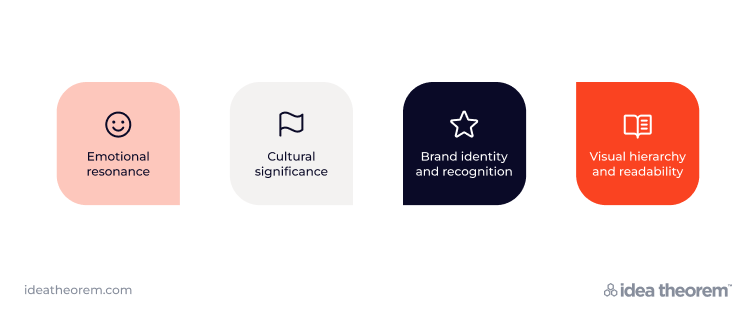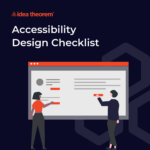In today’s digital landscape, mobile devices have become the primary gateway to the internet for billions of users worldwide. Moreover, with the exponential growth of mobile usage, businesses and developers must prioritize optimizing their mobile user interface (UI) and user experience (UX). It is essential to ensure maximum mobile engagement and satisfaction. Therefore, this blog will delve into strategies for maximizing mobile engagement. Specifically, it will focus on the seamless optimization of UI/UX design.
Understanding Mobile Interaction

Mobile engagement, which refers to the level of interaction and involvement users have with mobile applications or websites, encompasses various metrics such as time spent on the platform, frequency of visits, actions taken, and overall satisfaction. Maximizing mobile engagement requires a deep understanding of user behavior, preferences, and the context in which they interact with mobile devices.
Importance of UI/UX Optimization
UI/UX design plays a pivotal role in shaping the success of mobile applications and websites. A well-designed interface not only enhances usability but also influences user perception, retention, and ultimately, conversion rates. By optimizing UI/UX for seamless mobile experiences, businesses can foster stronger connections with their audience, drive mobile engagement, and differentiate themselves in a crowded digital marketplace.
Key Strategies for Maximizing Mobile Engagement

Responsive Design
Implementing responsive design ensures that your mobile interface adapts seamlessly to different screen sizes and resolutions. This approach enables consistent and user-friendly experiences across a wide range of devices, from smartphones to tablets. By prioritizing responsiveness, you can cater to the diverse needs of your audience and eliminate barriers to mobile engagement caused by device limitations.
Streamlined Navigation
Simplify navigation menus and user flows to reduce friction and make it easier for users to find what they’re looking for. Incorporate intuitive gestures such as swiping and tapping to enhance navigation on touch-enabled devices. A clear and logical navigation structure enhances user satisfaction and encourages exploration, leading to increased mobile engagement.
Visual Hierarchy and Clarity
Utilize visual hierarchy principles to prioritize content and guide users’ attention towards key elements such as calls-to-action (CTAs) and important information. Maintain consistency in typography, color schemes, and imagery to create a cohesive visual identity that reinforces brand recognition. Clear, concise, and visually appealing interfaces enhance usability and keep users engaged.
Performance Optimization
Optimize loading times and minimize latency to ensure a smooth and responsive user experience. Compress images, minimize HTTP requests, and leverage caching mechanisms to reduce page load times. Prioritize performance optimization to prevent user frustration and abandonment due to slow or unresponsive interfaces.
Personalization and Customization
Implement personalized experiences based on user preferences, behavior, and demographic information. Tailor content, recommendations, and notifications to align with individual interests and needs. Empowering users with customization options enhances mobile engagement by providing a more personalized and relevant experience.
Seamless Multichannel Experience
Create a seamless experience across multiple channels, including mobile apps, websites, and other digital touchpoints. Enable cross-platform synchronization to maintain continuity and convenience as users transition between devices. Consistent branding and functionality reinforce mobile engagement and loyalty across the entire ecosystem.
Continuous Testing and Iteration
Regularly conduct usability testing and gather feedback from users to identify pain points and areas for improvement. Additionally, iterate on design elements, features, and functionalities based on user insights and analytics data. Moreover, adopt an agile approach to UI/UX optimization to adapt to evolving user preferences and technological advancements.

In the era of mobile-first consumption, optimizing UI/UX design for seamless mobile experiences is essential for maximizing mobile engagement and driving business success. Furthermore, by prioritizing responsiveness, intuitive navigation, visual clarity, performance optimization, personalization, multichannel integration, and continuous iteration, businesses can create compelling mobile experiences that resonate with users and foster long-term relationships. Embrace the principles of mobile-centric design and empower users with intuitive, delightful, and frictionless experiences that keep them coming back for more.
What’s Next
Idea Theorem is a top Toronto UI UX design agency and Mobile App Design and Development company based in North America. Through our empathy-driven approach, we have crafted digital products that have positively impacted over 10 million users. Our mission is to shape the digital future by delivering exceptional experiences. Contact Us if you have any questions; we will gladly help you.
—






